From Ancient Rome to Vatican City, Rome has tons of history and a lot of sites to see. This ultimate guide will include famous stops like the Colosseum and Trevi Fountain along with a brief history as well as some hidden gems that might not be as well known. This Is The Ultimate Guide to Rome, Italy.
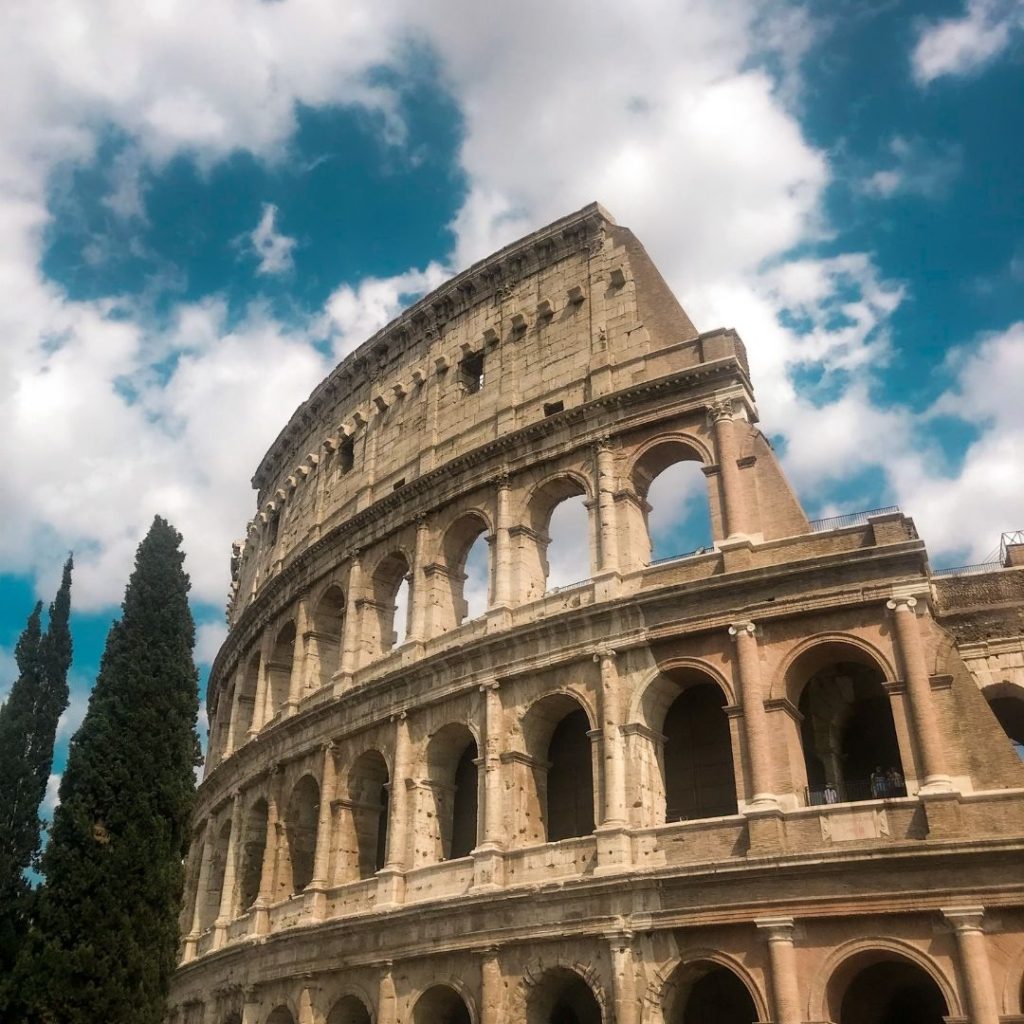
History of Rome
Firstly, a brief history of this eternal city can really put into perspective the amazing sites you will see in Rome. Legend says the god Mars was infatuated with Rhea Silvia where she became pregnant with twins, Romulus and Remus. Then ,when the twins were born, Rhea along with her newborns were condemned to death. The brothers were then abandoned, found and nursed by a she-wolf, and brought up by a shepherd. Later on, Romulus and Remus decided to build a city where they had been found. Eventually, the brothers argued and Romulus ended up killing Remus and then named the city after himself, thus Rome was born in 753 BC.
After Romulus there came many kings after him as well as many battles and wars. Rome at one point occupied nearly all of Southern Europe and Northern Africa. Although great triumphs for many years, eventually the fall of the Roman Empire came during the years from 395 AD through 476 AD.
This post may contain affiliate links and I may earn a small commission when you click on the links at no additional costs to you. You can read my full disclaimer here.
Ultimate Guide to Rome, Italy
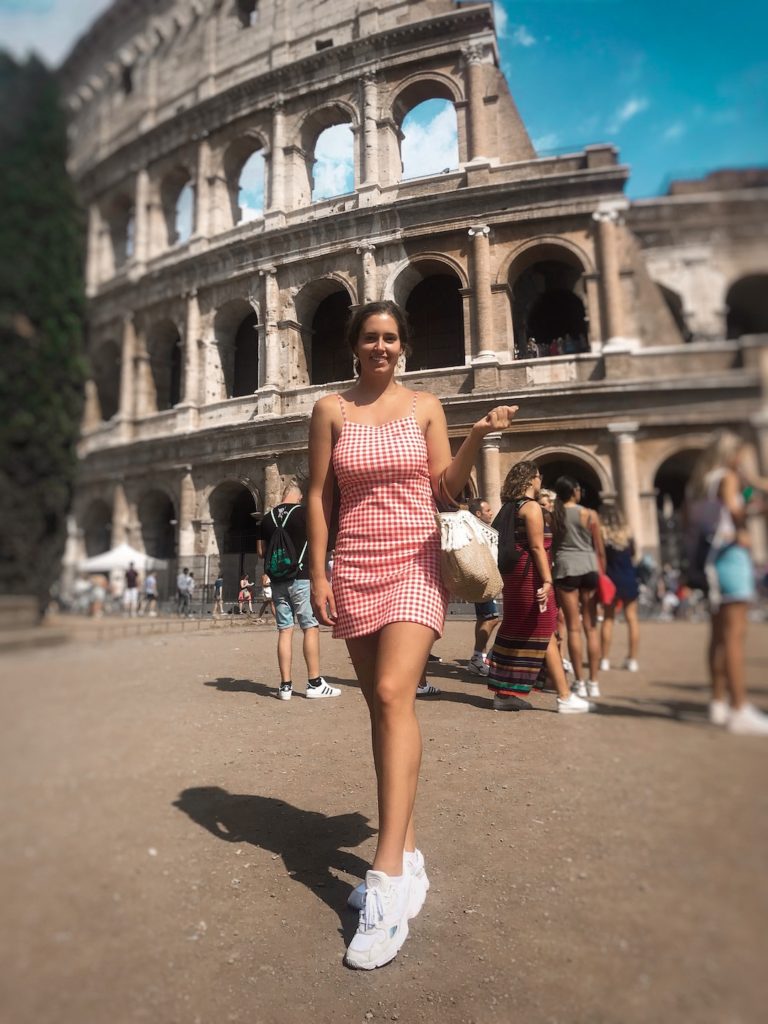
Ancient Rome
Finally, with some background knowledge of how Rome came to be and how long and powerful the Roman Empire lasted, you can’t visit the city without visiting Ancient Rome.
Colosseum
First up on anyone’s list when they think of Rome is the Colosseum. Easily the most famous amphitheater that was built between 72 and 80 AD. Wild animal hunts and gladiator fights were held here. After the fall of Rome, the amphitheater was abandoned. Eventually, the structure suffered damage from earthquakes and the use of its materials for other projects.
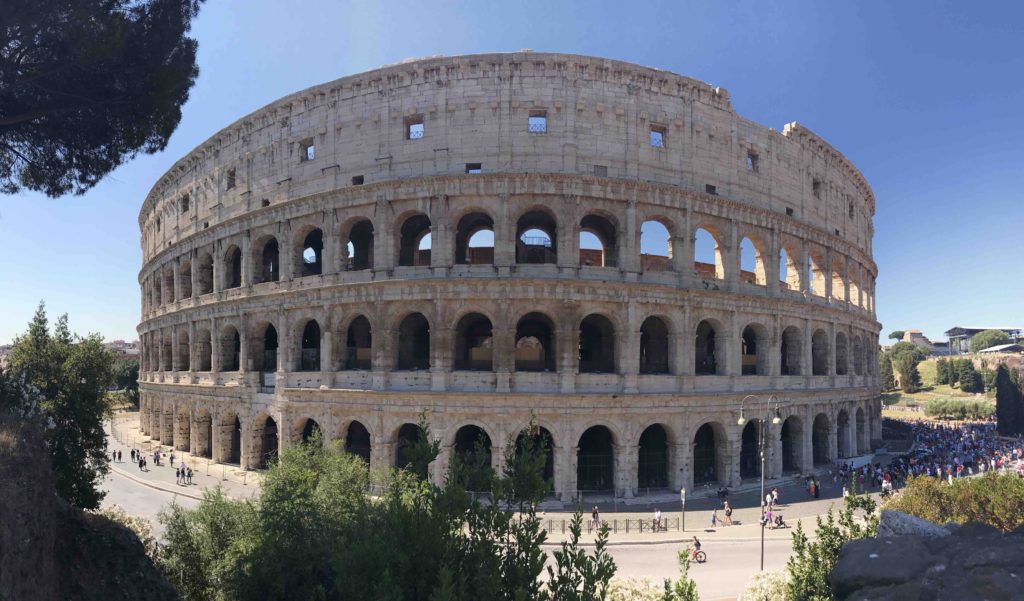
Don’t go too far from the Colosseum because in the immediate area are the famous Triumphal Arches, the Roman Forum, and the Imperial Fora.
Triumphal Arches
There are 3 arches in Rome: Arch of Titus, Arch of Septimius Severus, and the Arch of Constantine. Each arch was a manifestation of Roman celebrations honoring events or people.
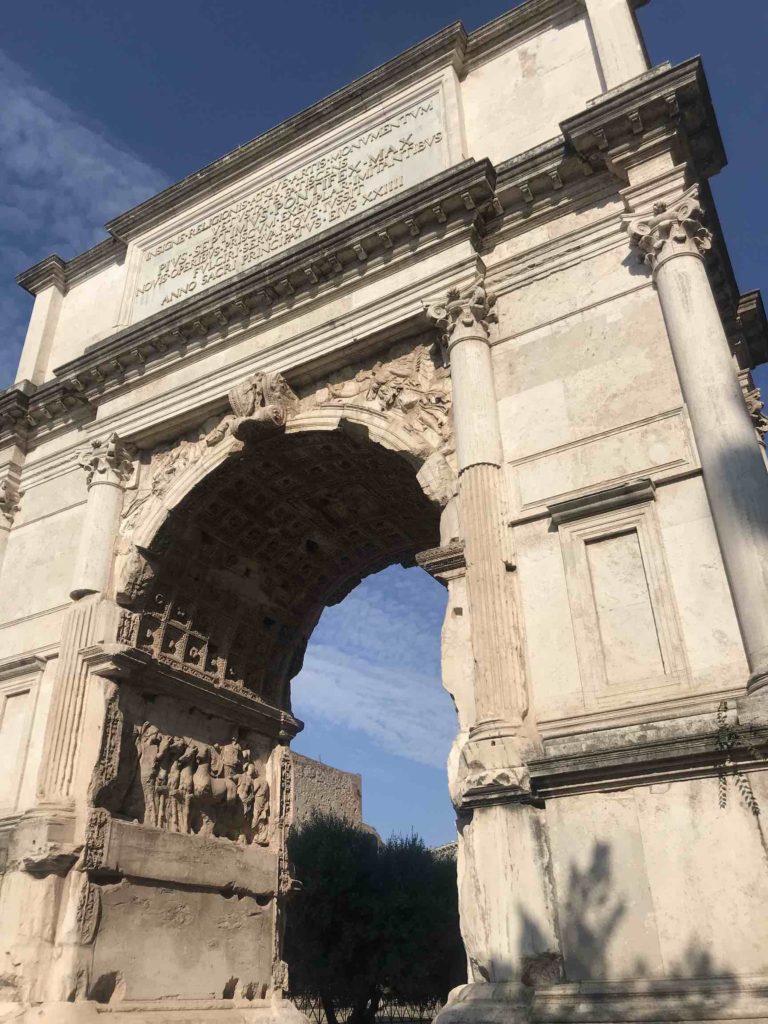
The Arch of Titus and Septimius Severus are located inside the Roman Forum and the Arch of Constantine is located right next to the Colosseum.
Roman Forum
Next, the Roman Forum. An 8 minute walk from the Colosseum, the forum sits between Palatine Hill and Capitoline Hill. The Roman Forum consists of ruins of many important government buildings during the Roman Empire.
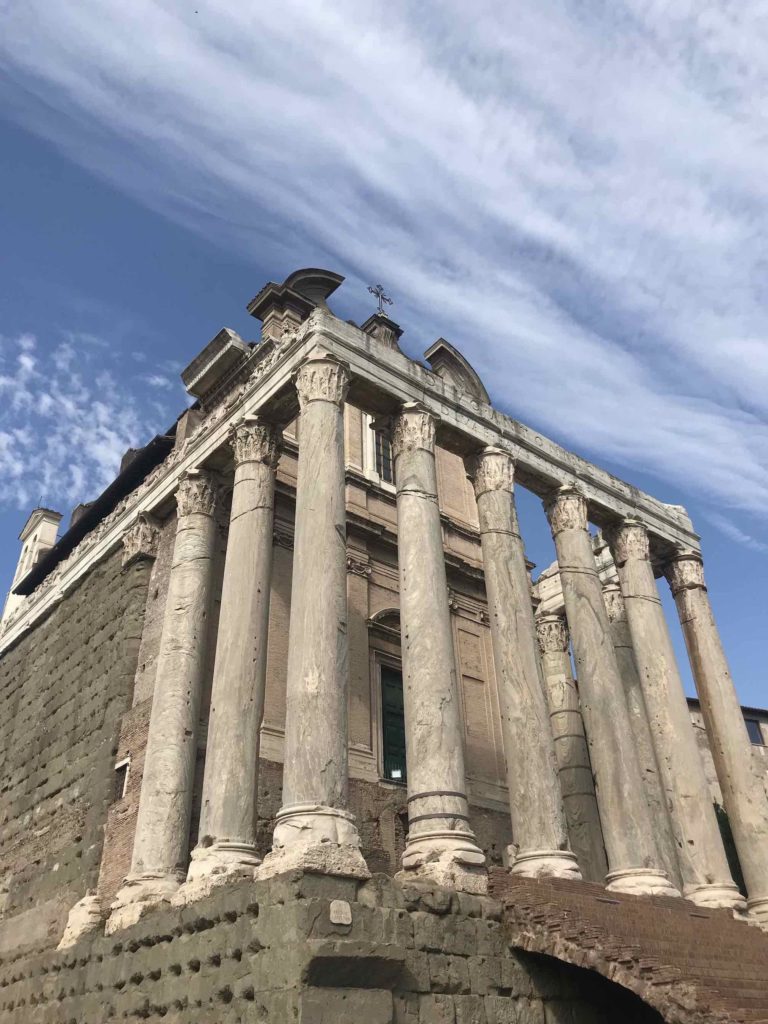
Imperial Fora
Additionally, the Imperial Fora is across the road from the Roman Forum. During 43 BC and 113 AD the Imperial Fora was constructed with 5 new forums due to the rapid growth of Rome.
Pantheon
The Pantheon, a former Roman temple and then a Catholic Church, is the oldest building in the world that is still in use today. It was opened around 125 AD and dedicated to “All the Gods”. The Pantheon contains the tombs of Italian Kings and famous artists.
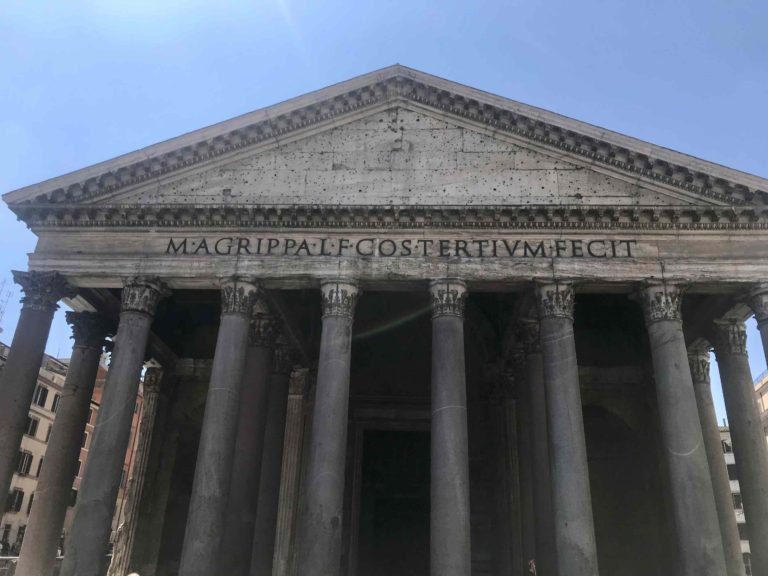
Other Ancient Rome
- Palatine Hill – named the first nucleus of the Roman Empire
- Ara Paris – a famous altar commissioned by the Senate in 9 AD.
- Baths of Caracalla – a complex of thermal baths build for the emperor.
- Circus Maximus – ancient Roman chariot racing stadium ruins. It was the first and largest stadium in Ancient Rome.
Book your stay in Rome with Hotels.com. Earn 1 FREE night for every 10 nights you stay!
Squares & Fountains
Next, an ultimate guide to Rome wouldn’t be complete without just walking around. Simply exploring the streets of Rome is a reason alone just to visit. Nearly around every corner is a beautiful, elaborate square or an intricate, iconic fountain.
Trevi Fountain
Firstly, in my personal opinion, the most iconic fountain out there (or maybe I’m too big of a fan of the Lizzie McGuire Movie) – the Trevi Fountain! This fountain was built between 1732 and 1763. It is tradition to throw a coin into the fountain to ensure a return to Rome in the future. It worked for me!
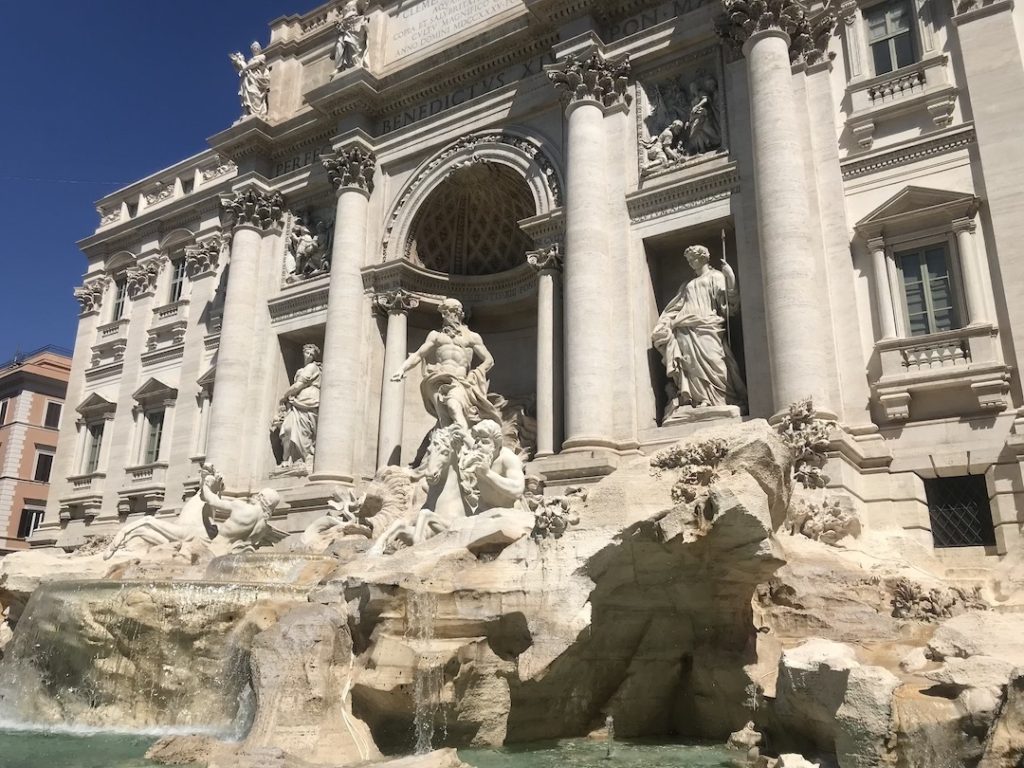
Travel Tip: The Trevi Fountain is a very popular tourist attraction. If you want to be able to enjoy and get a few pictures, it’s best to go early in the morning. And don’t forget to bring some euros for your wish!
Fountain of the Old Boat & Piazza di Spagna
The next fountain – Fountain of the Old Boat is located in Piazza di Spagna that got its name from the nearby Spanish Embassy. The square houses another iconic site to see in Rome – the Church of Trinita Dei Monti atop the Spanish Steps.
The fountain was built between 1627 and 1629. The legend around this boat fountain is it represents a vessel that was brought to the square by floodwaters from river Tiber.
Piazza Navona
Piazza Navona shows off the Baroque Roman architecture. It is built on the site of the Stadium of Domitian where athletic games were held. This square holds 3 different fountains: Fountain of the Four Rivers, of Neptune, and the Moor Fountain.
Fountain of the Four Rivers
Located in the middle of Piazza Navona, the Fountain of the Four Rivers represented the 4 then-known continents by the rivers that ran across them and the river gods. In the middle of the fountain is an Egyptian obelisk. Represented is the Nile of Africa, Danube of Europe, Ganges of Asia, and Rio de la Plata of the Americas.
Fountain of Neptune & the Moor Fountain
Located at opposite ends of Piazza Navona, the Fountain of Neptune and the Moor Fountain was commissioned in 1574. They began as symmetrical fountains, but over the years sculptures were added to them which is what we see today.
Turtle Fountain & Piazza Mattei
Built between 1581 and 1588, the Turtle Fountain originally featured 4 men holding up the basin. After changes to the design during restoration their position didn’t allow for this to happen. Four turtles were then added to the fountain as the 4 men now appear to be pushing them in.
Piazza de Venezia
Piazza de Venezia, the center hub of Rome also holds the Altar of the Fatherland also nicknamed the wedding cake. It is a national monument to honor Victor Emmanuel II, the first king of Italy. It is also a beautiful site to see.
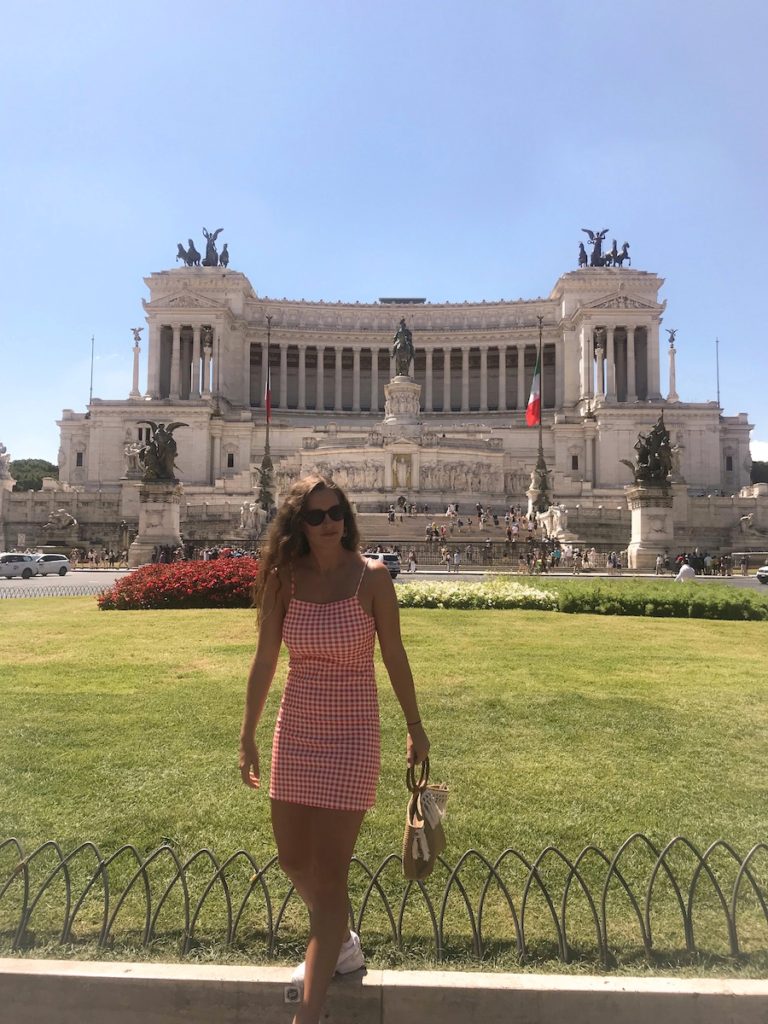
Day Trips from Rome
Other Fountain & Squares
You can find the Triton Fountain in Piazza Barberini.
Atop Capitol Hill is Piazza del Campidoglio, a square designed by Michelangelo.
The Piazza del Popolo holds a historical importance to Rome. It once served as the first point of call for those entering the city through the north. In the square are twin churches of Santa Maria in Montesanto and Santa Maria dei Miracoli.
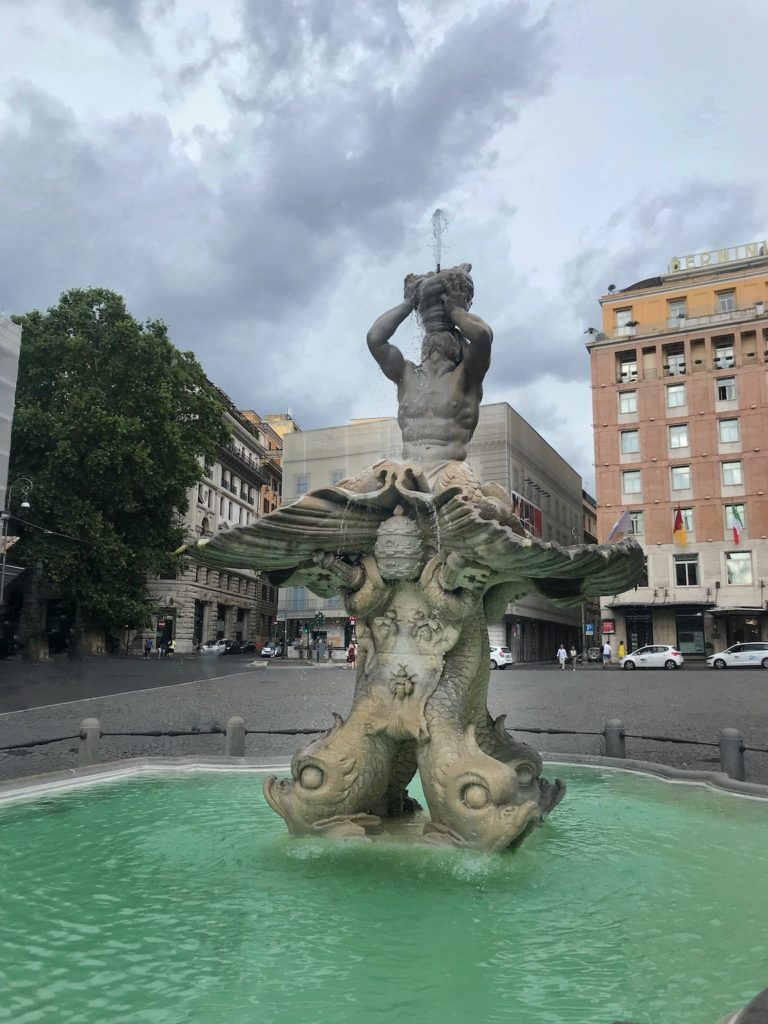
Museums
In this paragraph, I am going to talk about some museums. After just walking the streets of Rome you’ll witness tons of history, but that doesn’t mean you shouldn’t visit any museums! Rome has a lot of those to offer as well. An ultimate guide to Rome wouldn’t be complete without them.
Capitoline Museums
First, located on Capitoline Hill sits the Capitoline Museum whose foundation dates back to 1471. One of the famous pieces here is the Capitoline Wolf showing the founder of Rome, Romulus, and his brother nursing from the she-wolf that is mentioned in the history of Rome at the beginning of this post.
National Museum of Rome
Then there is the National Museum of Rome that has 4 different sites with an incredible range of collections. You can find the famous statue of the Discus Thrower.
Borghese Gallery
The Borghese Gallery houses more very interesting pieces. Knowing the history and stories of the art always makes things more interesting. Be sure to read up on Apollo and Daphne and the Rape of Proserpina before visiting. While you’re near, don’t miss the Villa Borghese, a landscape garden and Rome’s third largest public park.
Other Museums and Galleries in Rome
- Doria Pamphilj Gallery
- Colonna Gallery
- National Modern and Contemporary Art Gallery
- Villa Giulia National Etruscan Museum
- Castel Sant’Angelo (also the Ponte Sant’Angelo – a beautiful bridge while crossing the river with views of St. Peter’s Basilica)
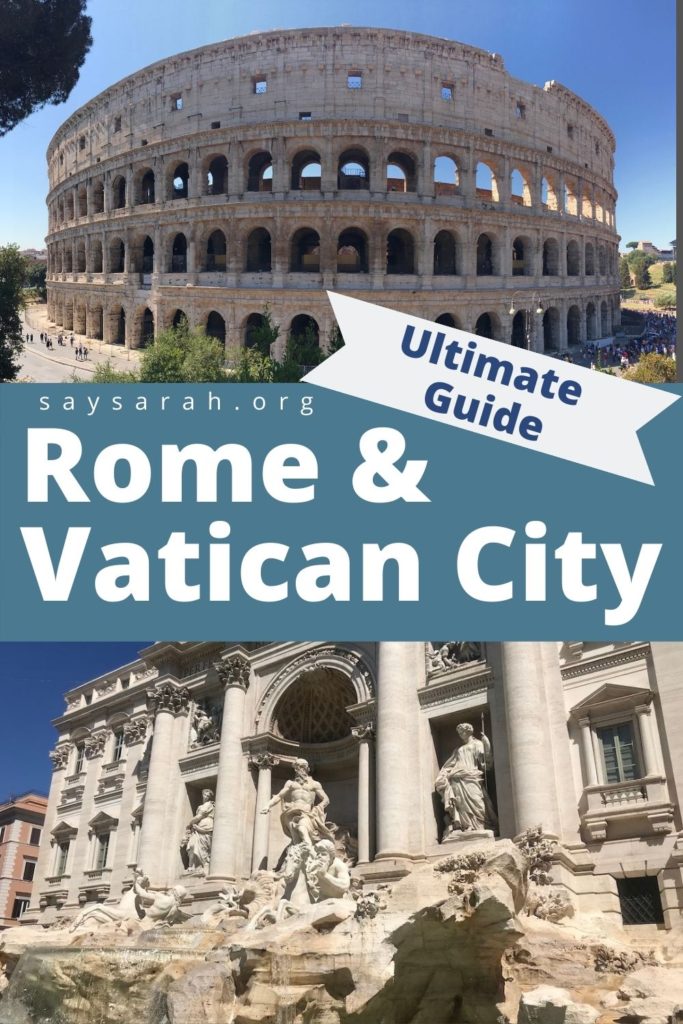
Basilicas
Similarly, you can’t go to Rome without visiting some churches. I will cover a couple of basilicas to see around Rome because if you didn’t know Rome has around 900 churches! Crazy right! So for obvious reasons, I will only cover a few in this guide to Rome.
Basilica di San Giovanni in Laterano
First up is the Basilica di San Giovanni in Laterano, also known as Archbasilica of St. John Lateran, is the cathedral church of the Diocese of Rome. It is the oldest church in the West. The ceilings in the inside are a beautiful golden design that you have to see for yourself.
Basilica di Santa Maria in Cosmedin
Also known as the Basilica of St. Mary in Cosmedin, can be identified by a Rococo styled bell tower. Part of this basilica is the infamous Mouth of Truth (Bocca della Verita). Legends says if you stick your hand in the mouth, it will bite the hand off of liars.
Basilica di San Paolo fuori le Mura
Also known as the Basilica of St. Paul Outside the Walls, this church was built on the apostle Paul’s grave. In 1832 it was nearly destroyed in a fire and rebuilt to its similar state. The exterior of this church is very unique.
Other Basilicas
- Basilica di Santa Maria Maggiore (Basilica of St. Mary Major)
- Basilica di San Pietro in Vincoli (Basilica of St. Peter in Chains)
- Basilica di Santa Maria in Trastevere (Basilica of St. Mary in Trastevere)
- San Clemente Basilica (St. Clement Basilica)
Other Rome
- Campo de’ Fiori – a square south of Piazza Navona that serves as a bustling product market.
- Belvedere del Gianicolo – a terrace atop the second tallest hill in Rome providing amazing sweeping views of the city.
- And eat tons of pasta and gelato!
Vatican City
Finally, to conclude an ultimate guide to Rome, the Vatican City. Officially established in 1929, the Vatican City State is the smallest state in the world covering only 100 acres. Vatican City consists of St. Peter’s Basilica, Palazzo Apostolico, Palazzo del Governatorato, the Vatican Museums and Gardens.
Fun Fact! Vatican City is about 1/8 the size of New York City’s Central Park.
St. Peter's Basilica
Inside the Vatican is St. Peter’s Basilica. Construction of St. Peter’s Basilica began in 1506 and was completed in 1615. It is said to stand on the site where Peter was crucified and buried. Although admission is free, there are tickets available to skip the security line which can be quite long.
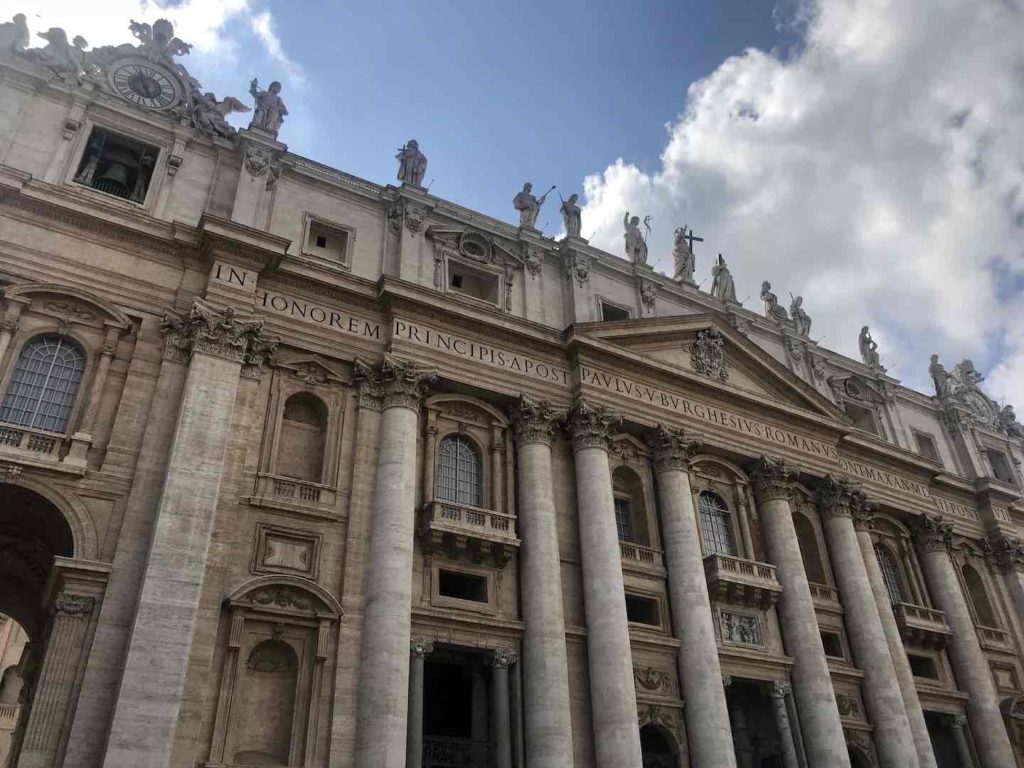

Inside the basilica you will find Michelangelo’s infamous sculpture, Pieta, 1499. The piece is extremely detailed, veins and muscles are even captured on the sculpture.
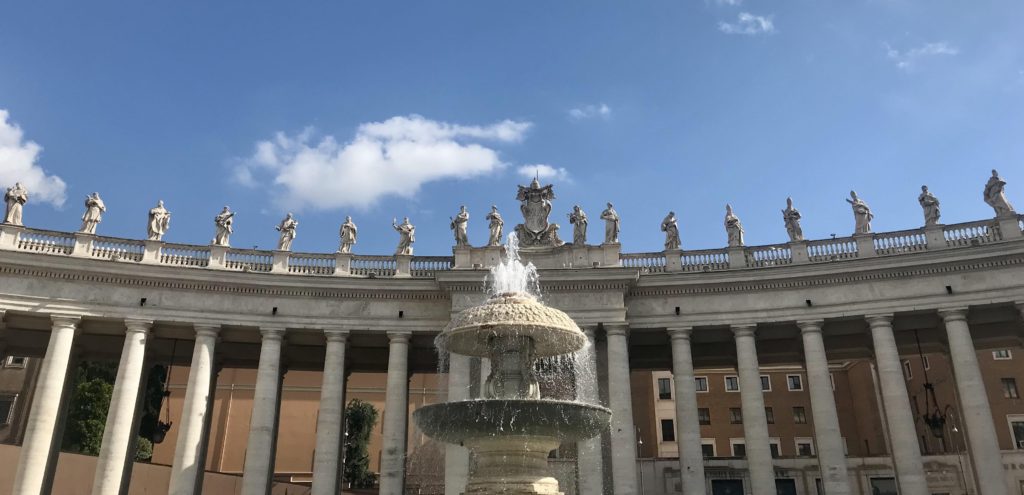

Next, be sure to look and admire the front of the Basilica. You’ll find St. Peter’s Square and the Colonnade. There are 284 columns with 140 statues of saints created in 1670. As well as the middle of the square holds an obelisk and two fountains.
The Vatican Museums & the Sistine Chapel
The Vatican Museums are one of the largest in the world. The museums hold items varying from Middle Eastern artifacts to the classic Greek statues.
There are numerous museums that make the Vatican Museums including the Pio-Clementino Museum where you can find the Laocoon, Raphael’s Room whom is one of the famous artists buried in the Pantheon, the Gallery of Maps, Egyptian Museum, as well as many, many more.
And finally, the Sistine Chapel. The Sistine Chapel is a very sacred room. There is security making sure the crowds stay quiet and that no tourists take photos. The chapel was constructed between 1473 to 1481. The art in the chapel is famous work done by artists Botticelli, Perugino, Luca, and Michelangelo. The most infamous and iconic piece is The Creation of Adam representing when God gave life to Adam as well as the Last Judgement. These are two pieces to look out for and admire.
Looking for more European destinations? Check out Top 10 in Barcelona or Day Trips from Paris!
I’ve been to Rome twice already and there’s so much history surrounding the city I feel like I have to keep visiting every time I learn something new! In conclusion, this ultimate guide to Rome covered Ancient Rome, fountains and squares, basilicas and museums, and of course the Vatican. What are you looking forward most to about Rome? Leave it in the comments below!
Loved this Ultimate Guide to Rome?
Share this post with your friends!



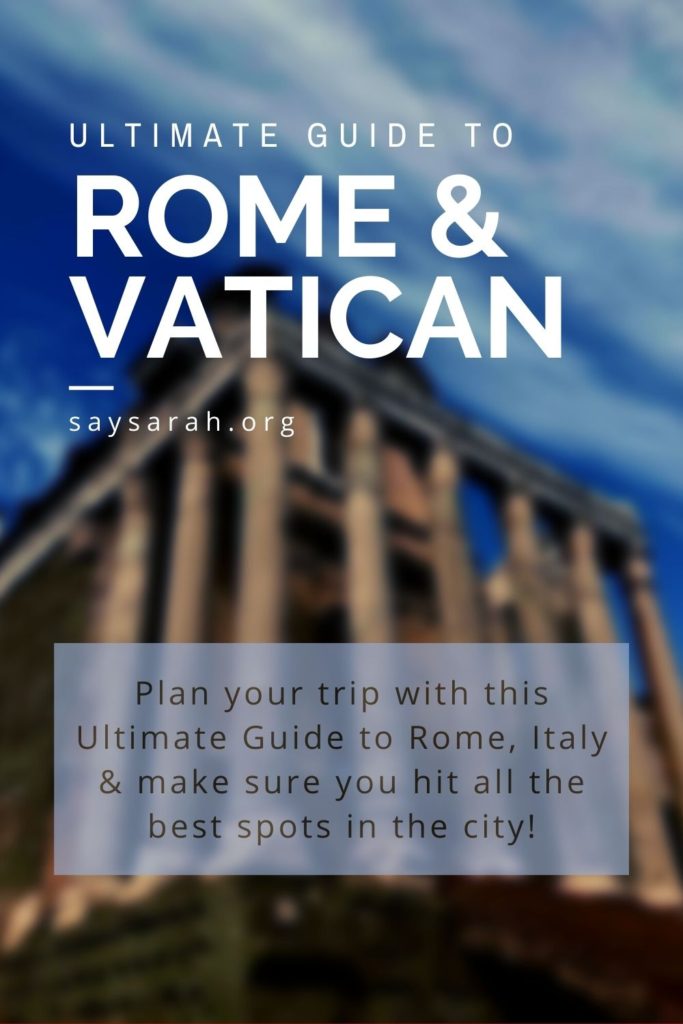

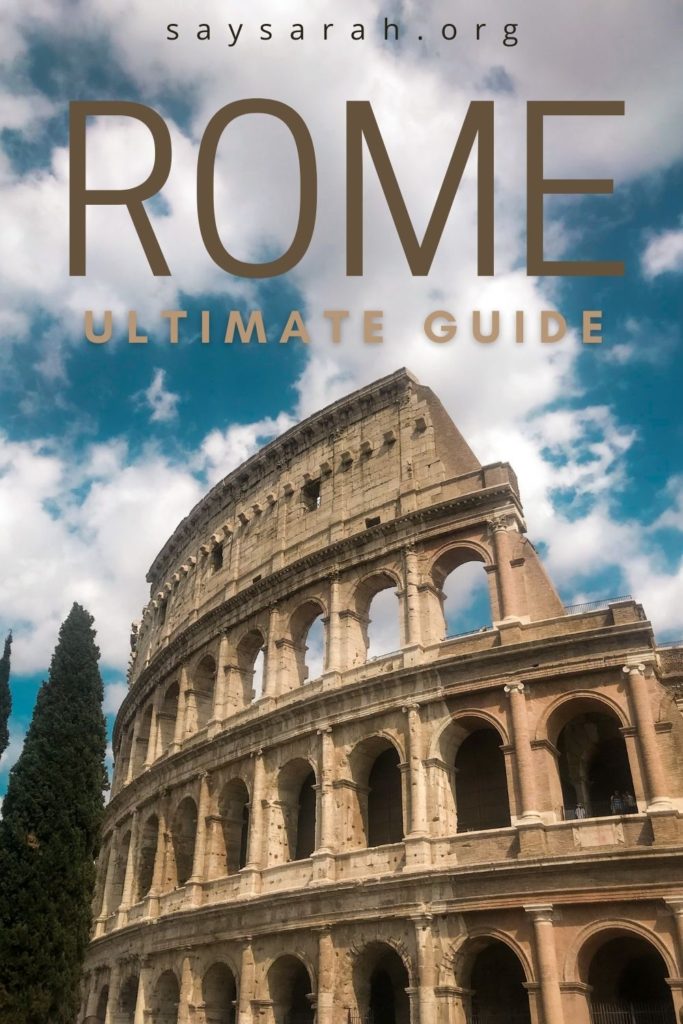

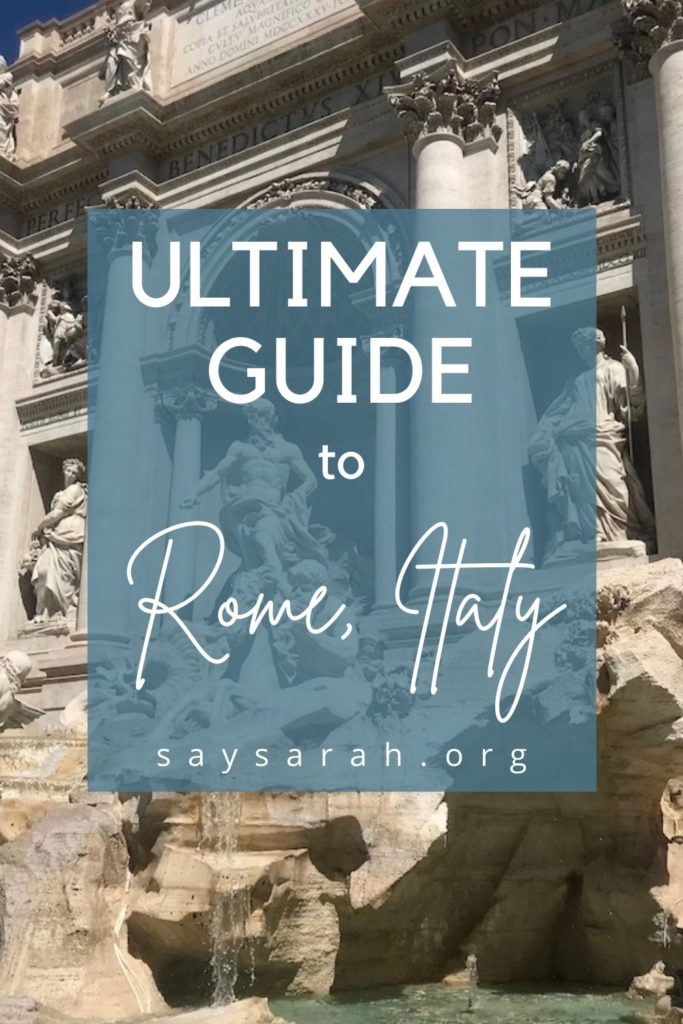

Interested in the camera gear I use while traveling to capture my pictures?
- Camera: Canon EOS M50 with EF-M 15-45mm lense
- Small tripod: Fotopro Flexible Tripod
- Large tripod: Phopik 77”
- Memory cards: SanDisk 128GB
- Extra batteries: BM Premium batteries
- Camera bag: Bagsmart backpack

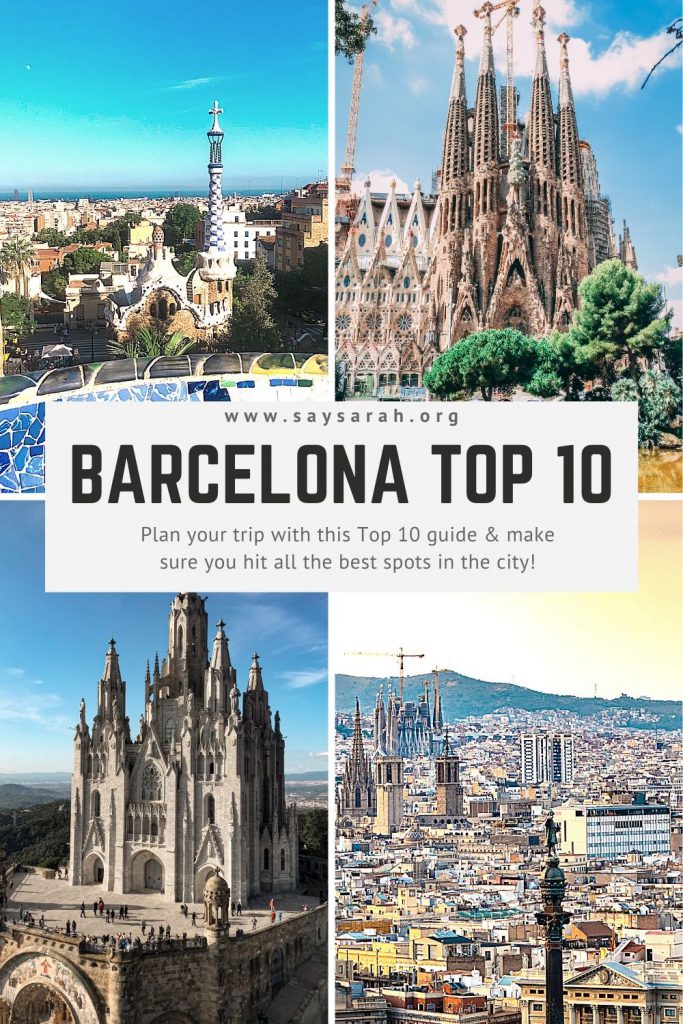
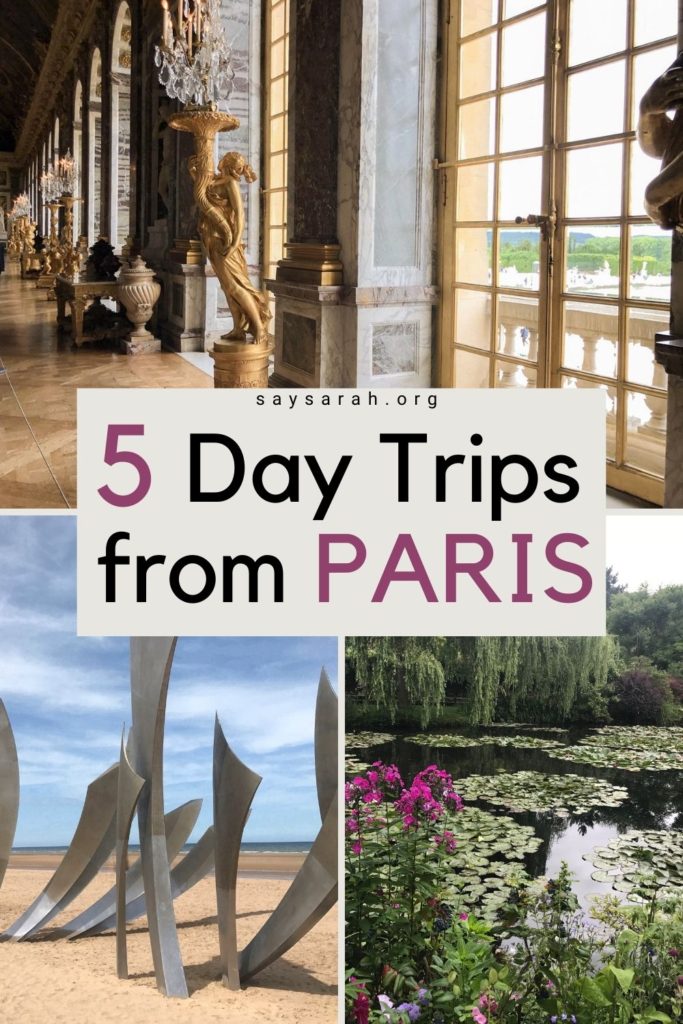

You covered all of the highlights of Rome! So many good sites to see – it’s easy to spend weeks exploring this city!
It reminds me of my trip to Rome and Vatican City a few years ago. I have been to many places you mentioned and these were all good moments for me.
This post brings back some great memories of Rome. It is a gateway city for us so we often pick just a few things to see and do when we visit. Your post has added a few new ones to my list.
I’ve been to Rome a couple of times and do discover some ‘hidden’ gems every time I go. This post is great for first-timers who don’t have much time to explore and want to see the most popular sights. I hope to make it back to Rome as soon as possible – your post made me yearning 😉
I’ve always wanted to visit Rome, Italy, especially the chapels and the museums. I would just love to soak in all of the history and beautiful architecture there.
You captured the essence of Rome in your lovely photos. Great guide with lots of helpful travel information.
This is such a great and comprehensive guide for Rome; I love it. I’ve been to Rome a couple of times (but always only for a short time), and, e.g., the Borghese Gallery is new for me. You did a great job covering the highlights of Rome. I will use your guide as a reference during my next visit.
I never knew the story of Romulus and Remus, so interesting. I am dying to head to Rome. For some reason I’ve just not managed to get there yet.